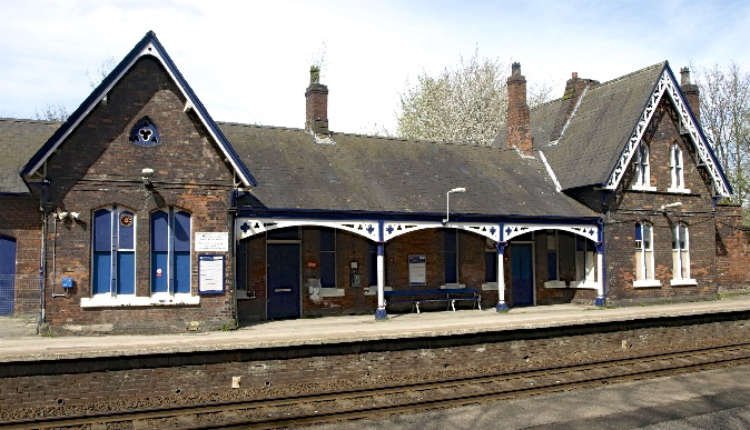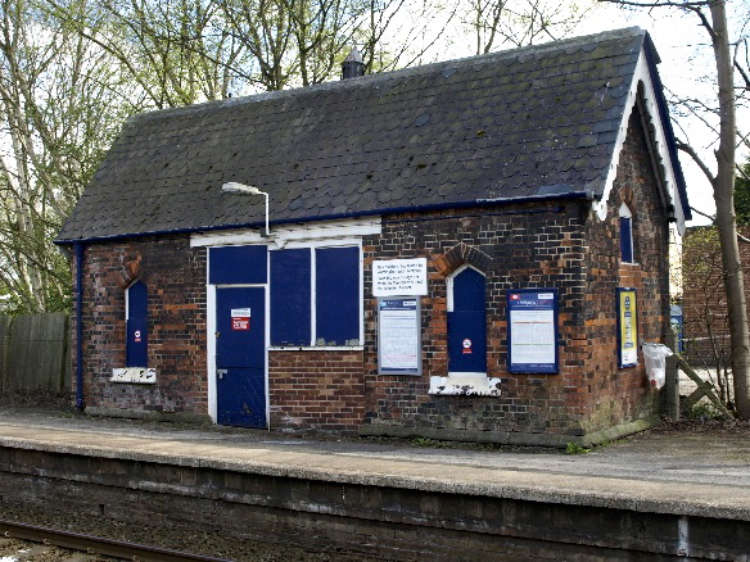
8D ASSOCIATION
The 8D Association is dedicated to promoting the history of the railways of South Lancashire, Merseyside and North Cheshire.
The Cheshire Lines Committee.
A study of the 15 stations that fall within the 8D area.
Liverpool Central.
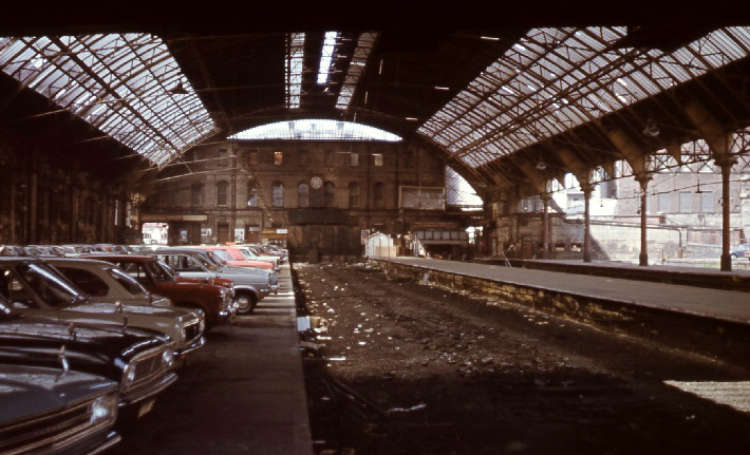
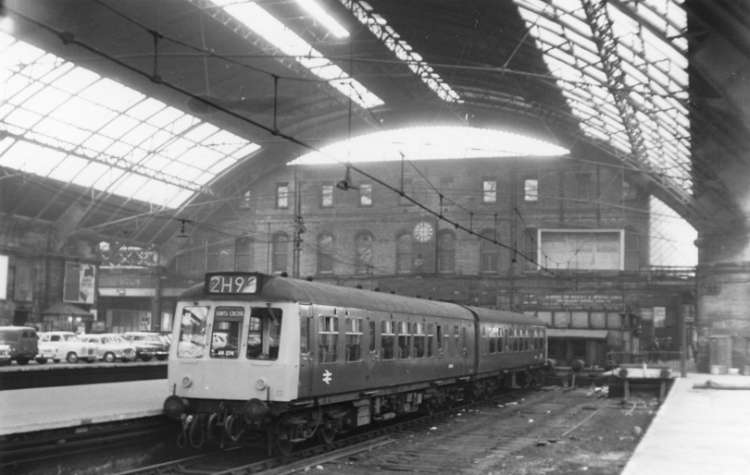
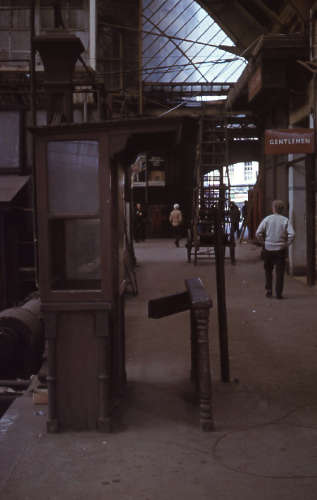
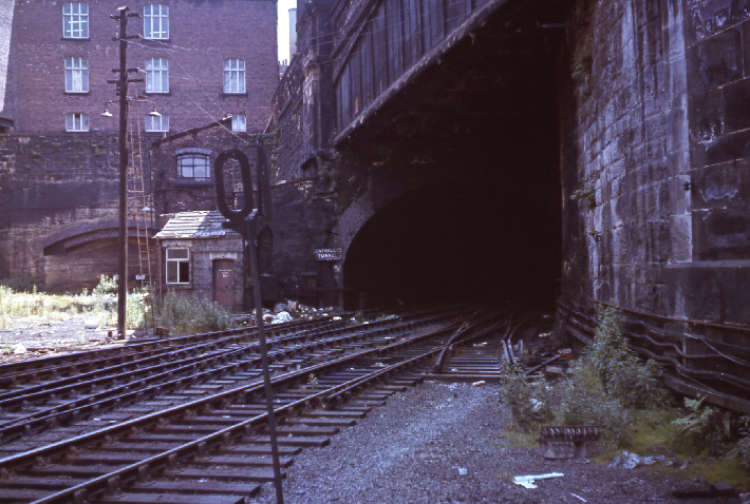
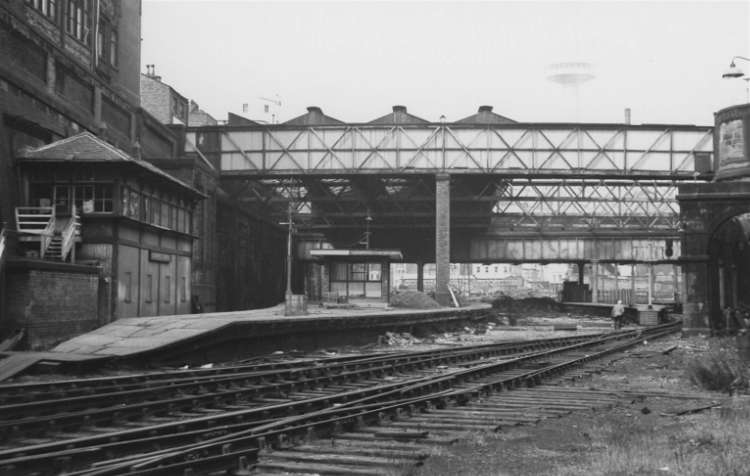
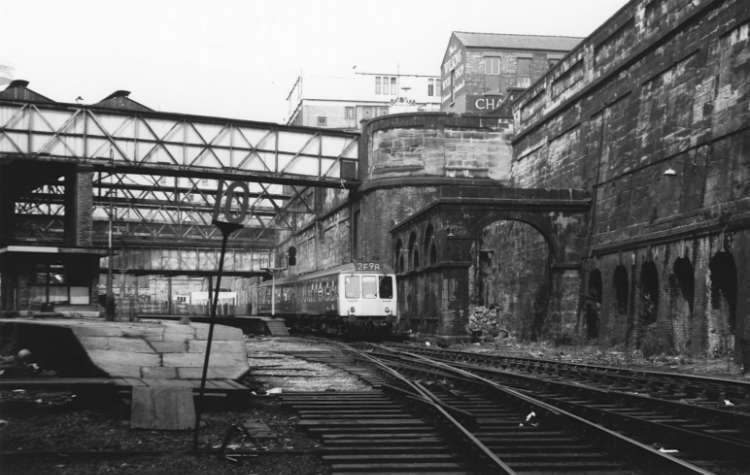
For more information and pictures click here
Liverpool St James.
For more information and pictures on Liverpool St James click here
Brunswick.
The original terminus station at Brunswick was opened on 1st June 1864 by the CLC this station closed with the opening of Liverpool Central on 2nd March 1874. With the re generation that has happened in the area Merseytravel decided to open a new station on 9th March 1998. It has a modern ticket office on the Liverpool bound platform and is a well used station with a frequent service to Liverpool and Hunts Cross.
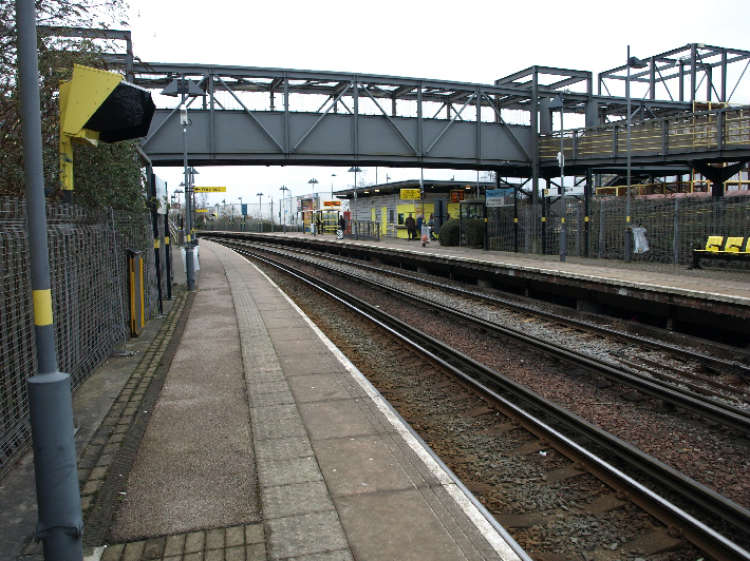
St Micheals.

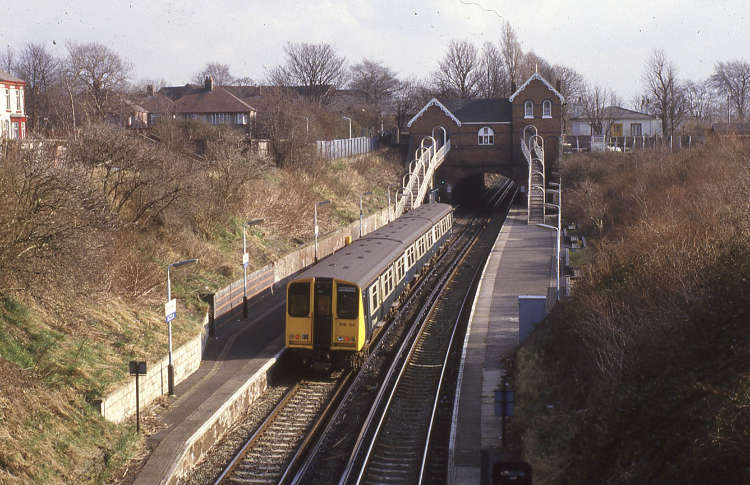

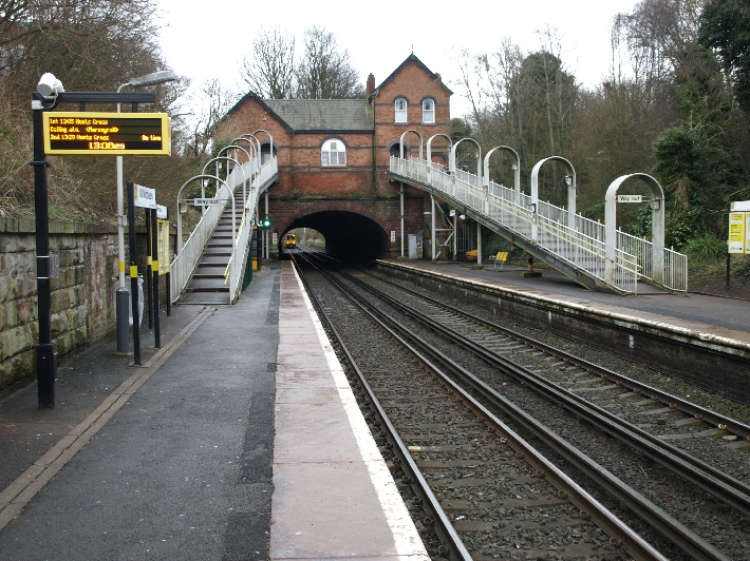
Mersey Road and Aigburth.


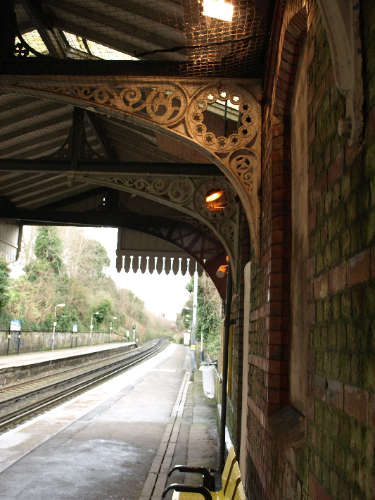
Cressington and Grassendale.

(To view more by the photographer click here )


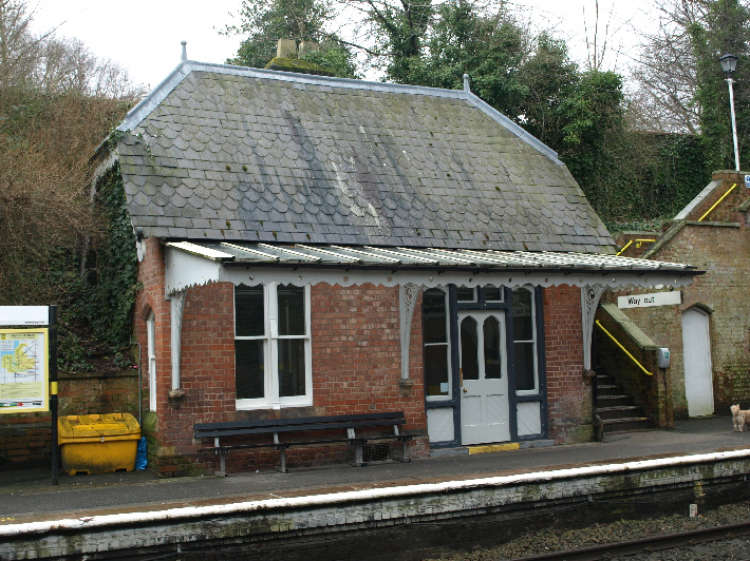
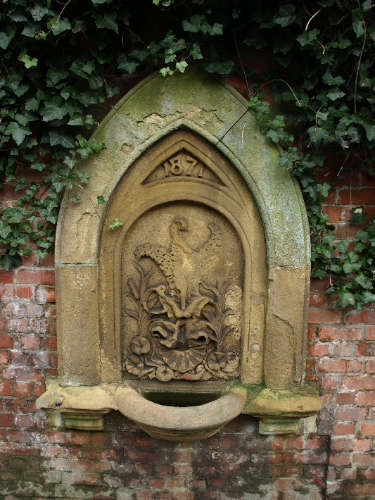
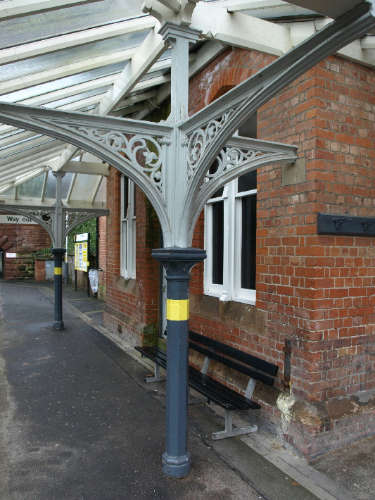
Garston.

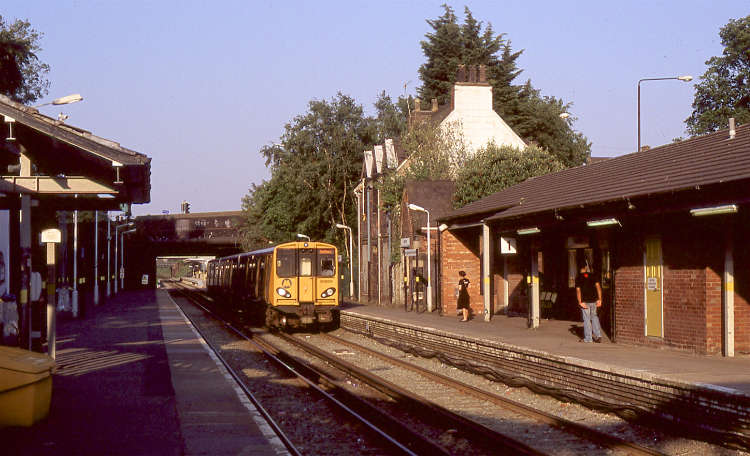
Liverpool South Parkway.
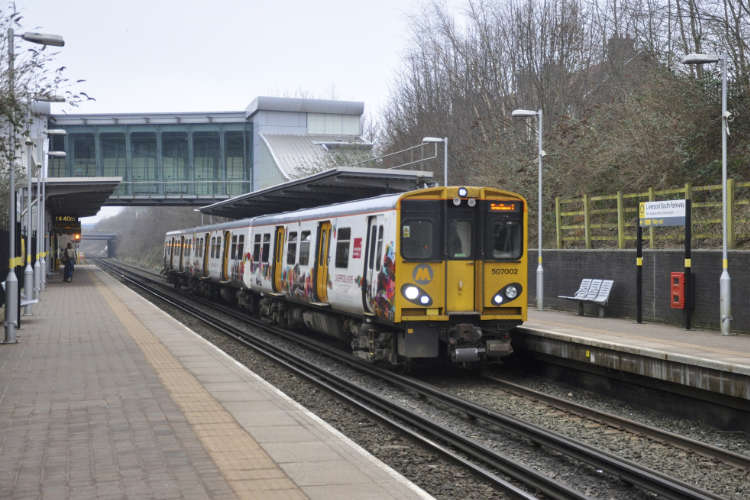
Hunts Cross.
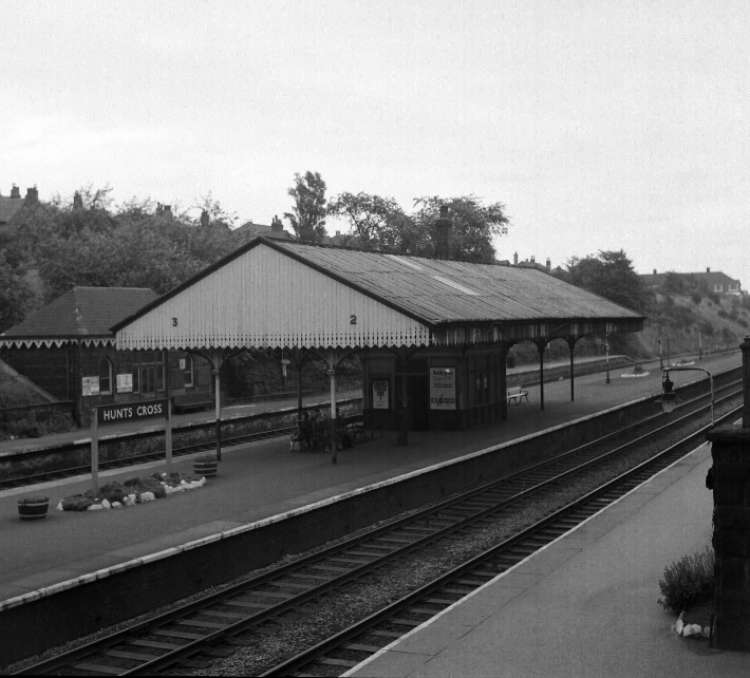
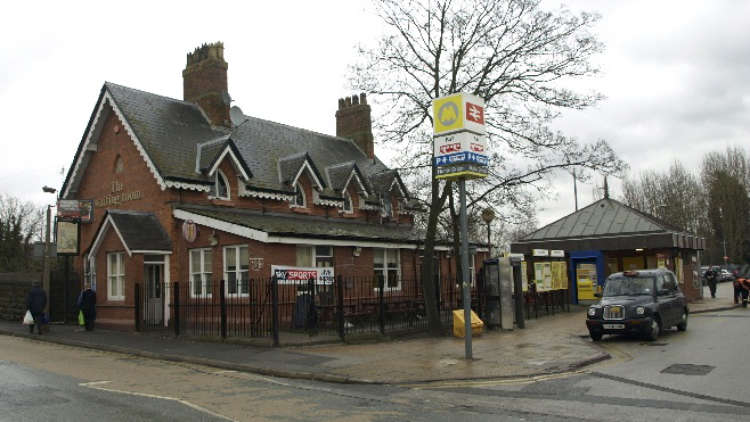

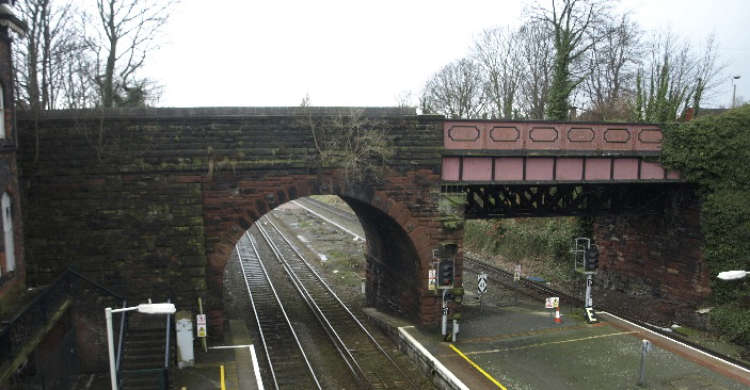
Halewood.
We do not have a picture of the original station if you have and would like to share it please send it to 8d.association at gmail.com it will be shown here and fully credited.
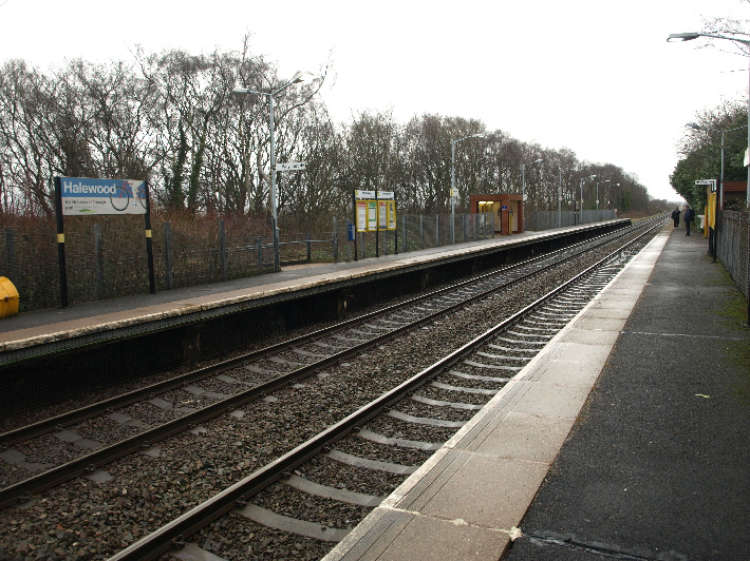
(For more information and pictures click here )
Hough Green.
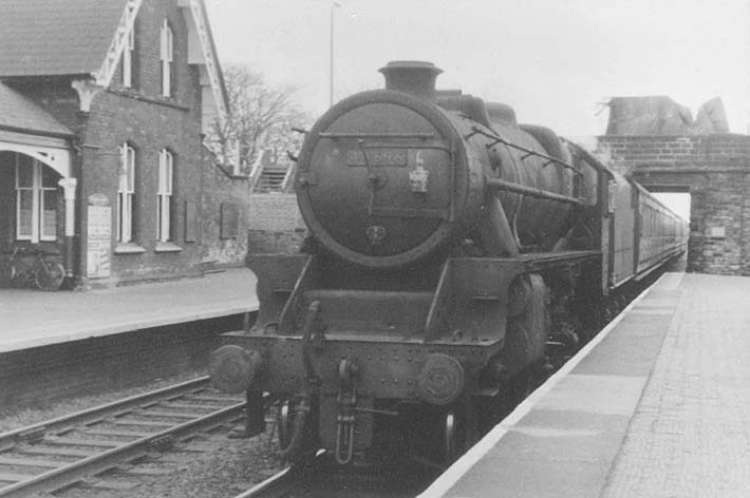
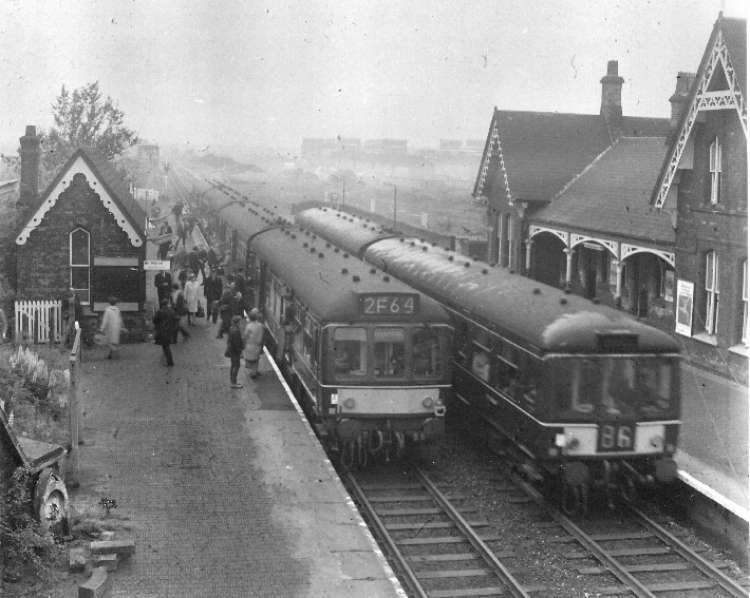
(For more information and pictures click here )
Widnes.


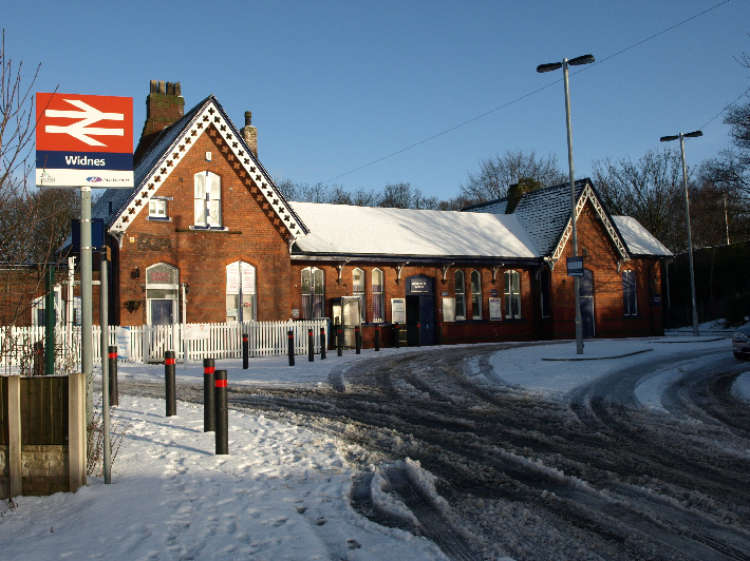
Sankey for Penketh.
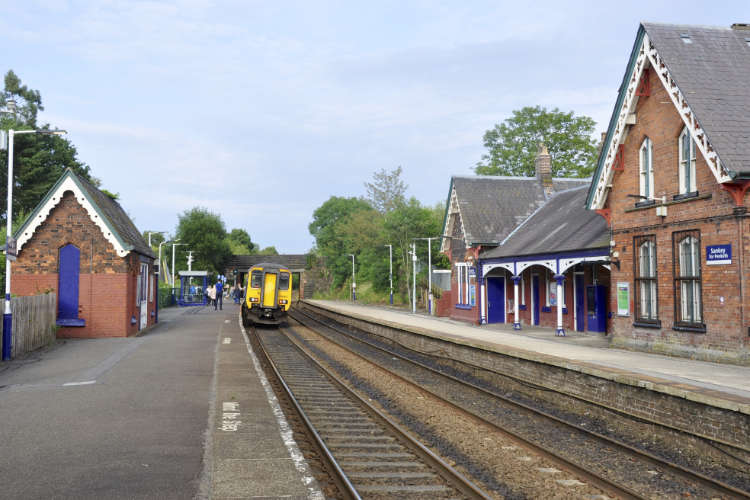
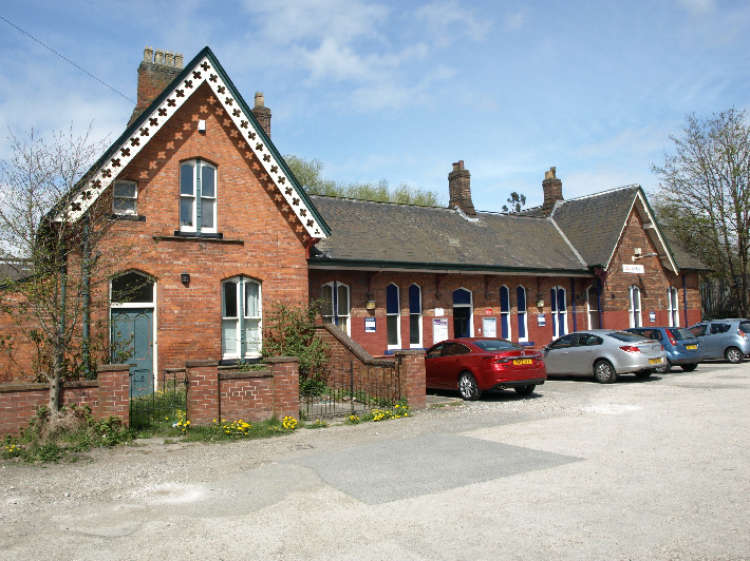

Warrington West

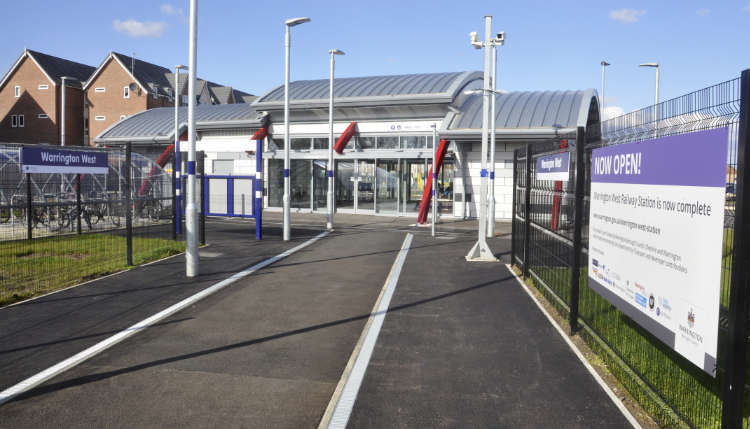
Warrington Central.
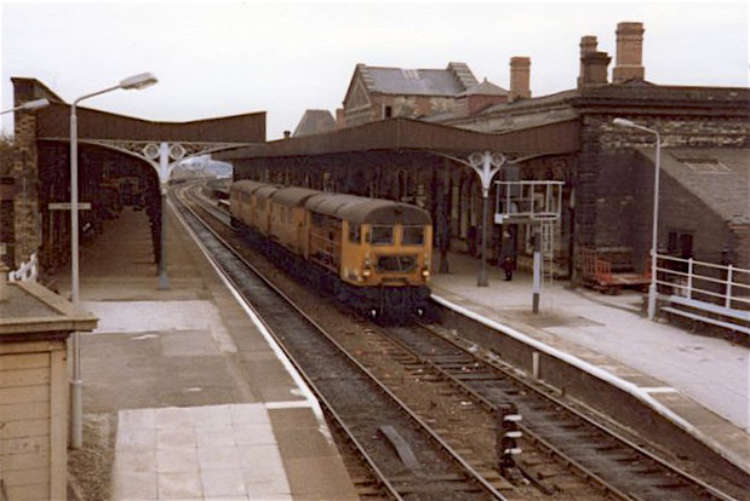
(To view more of the James Mackenzie collection click here )
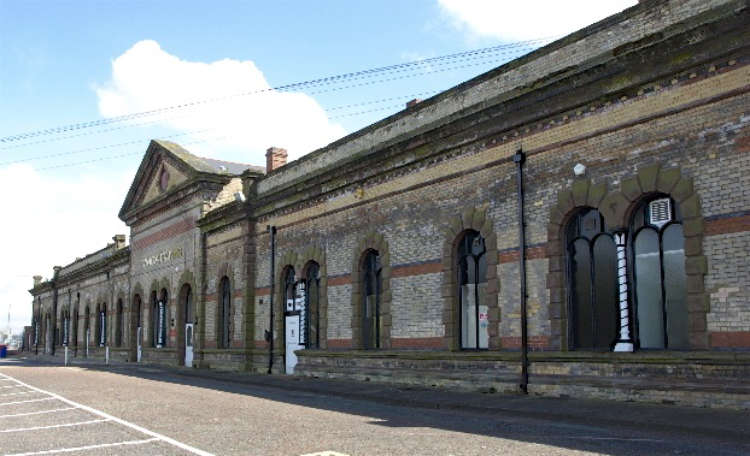

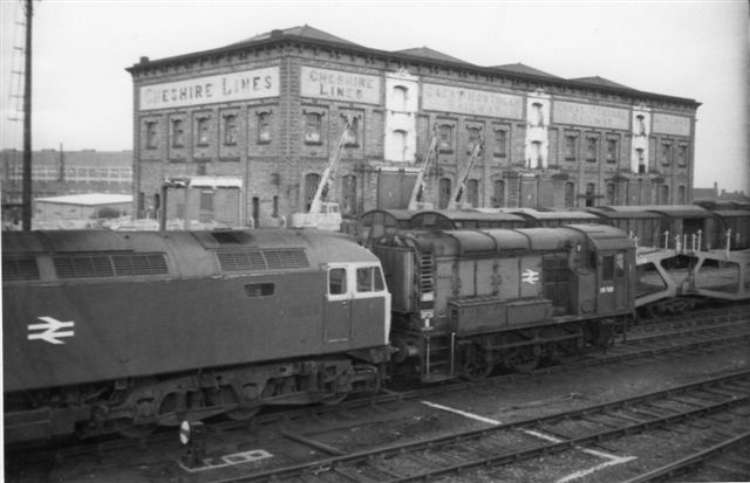
(To view more of the James Mackenzie collection click here )
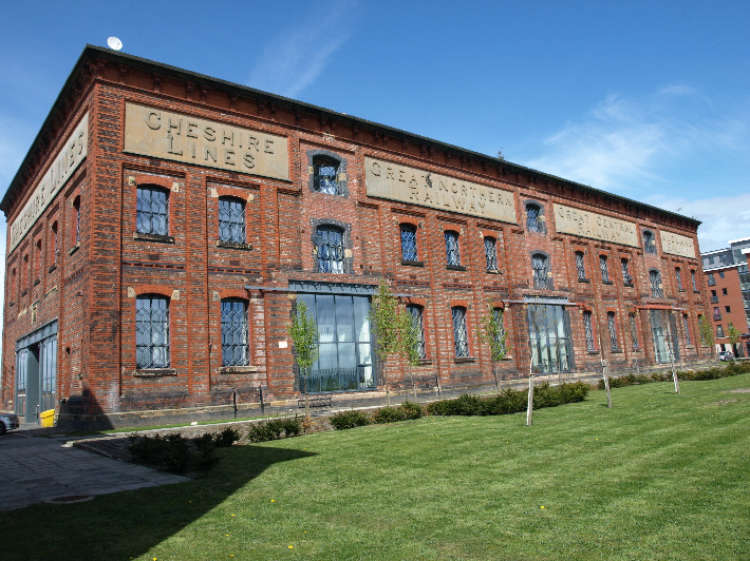
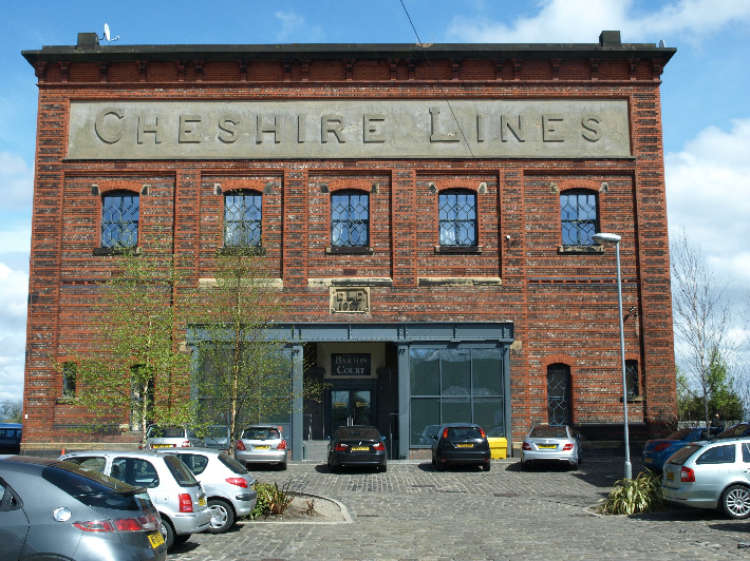
Padgate.

